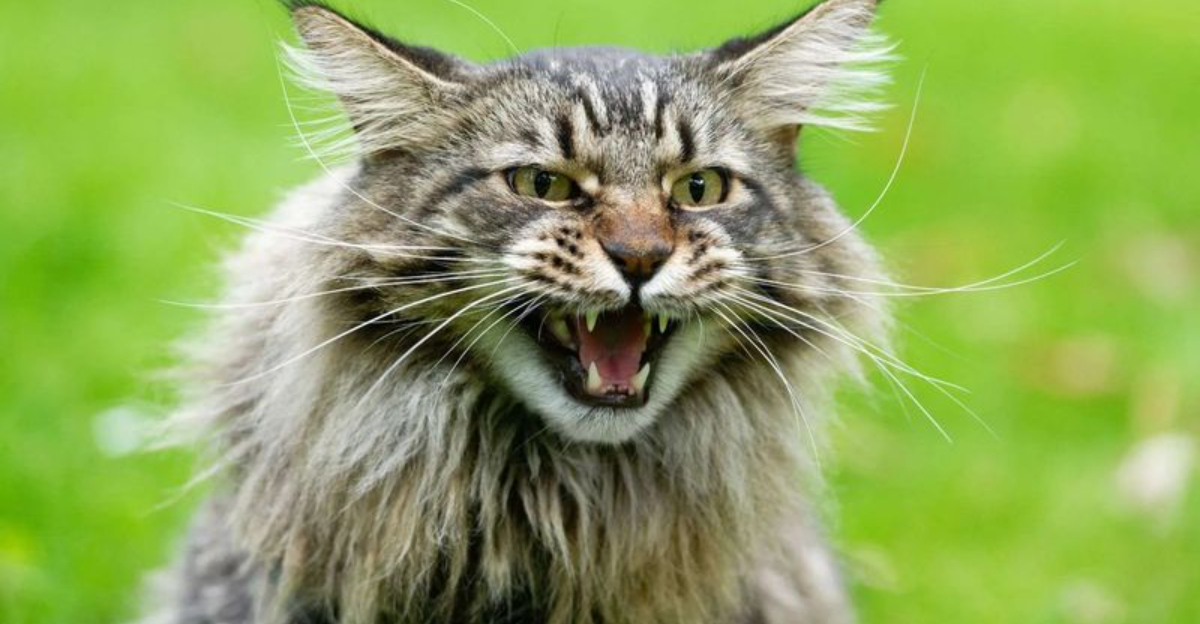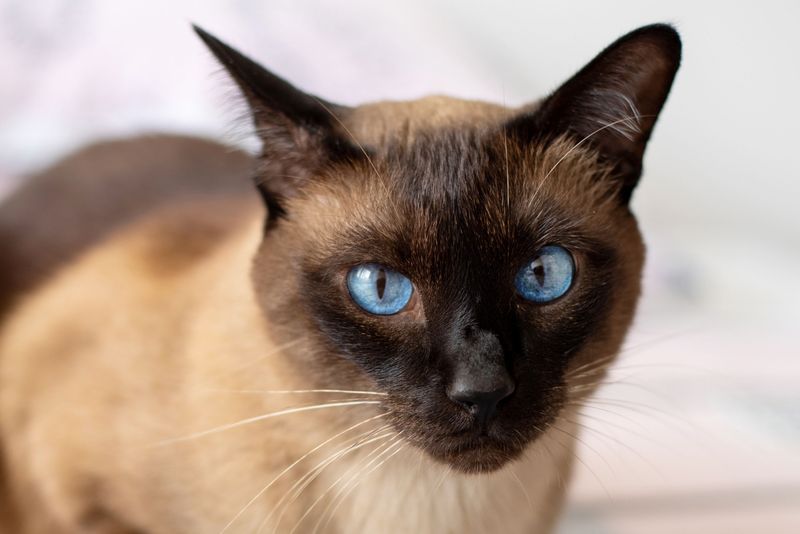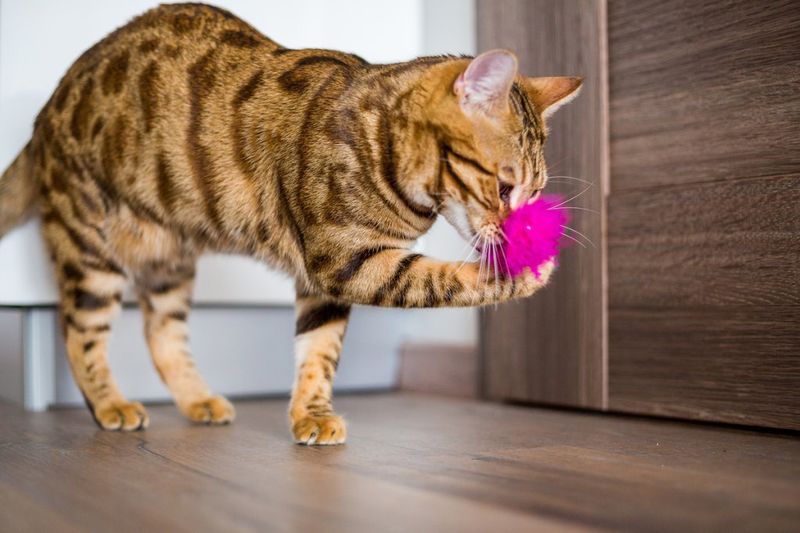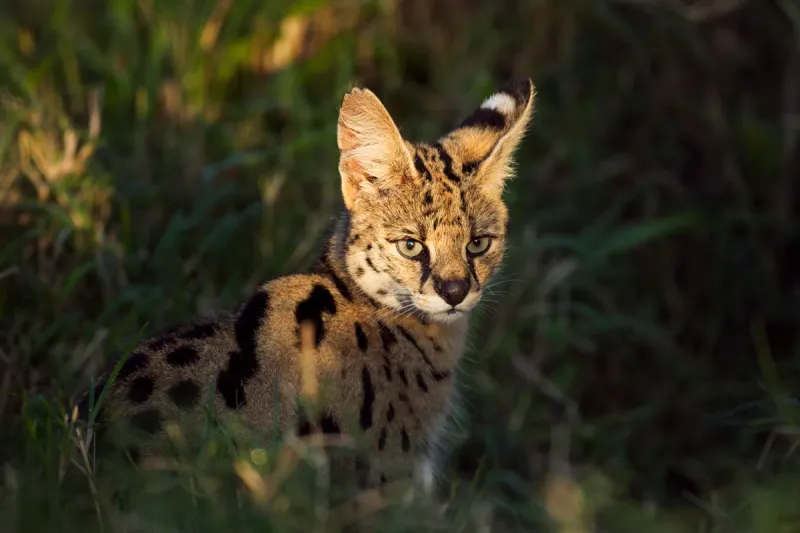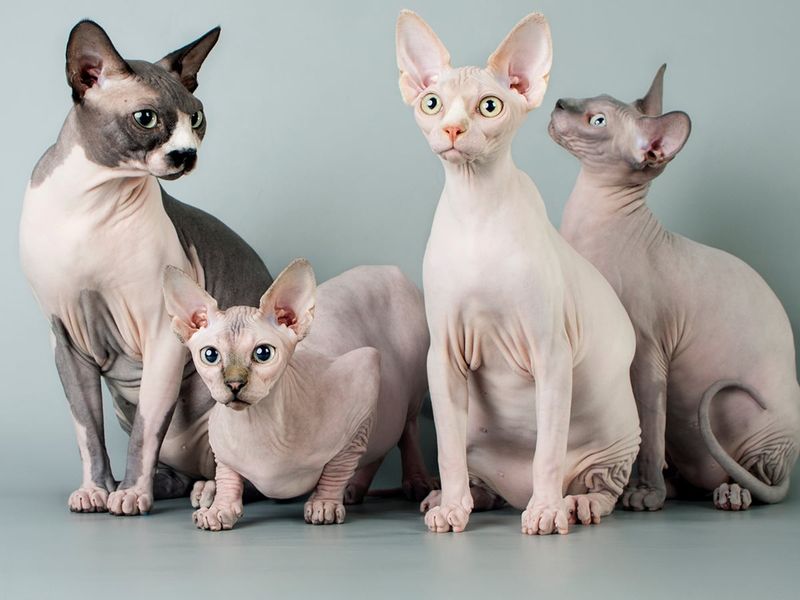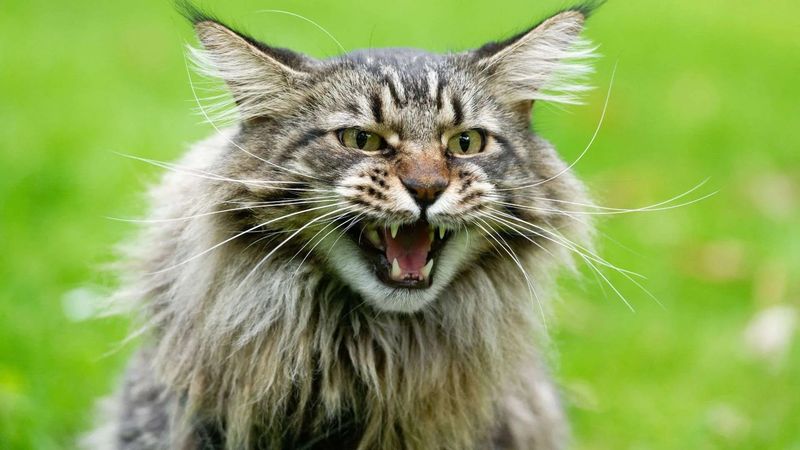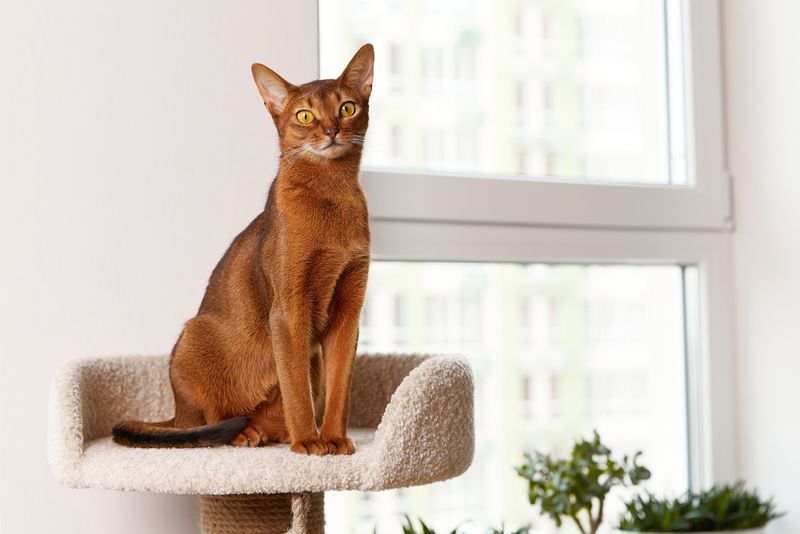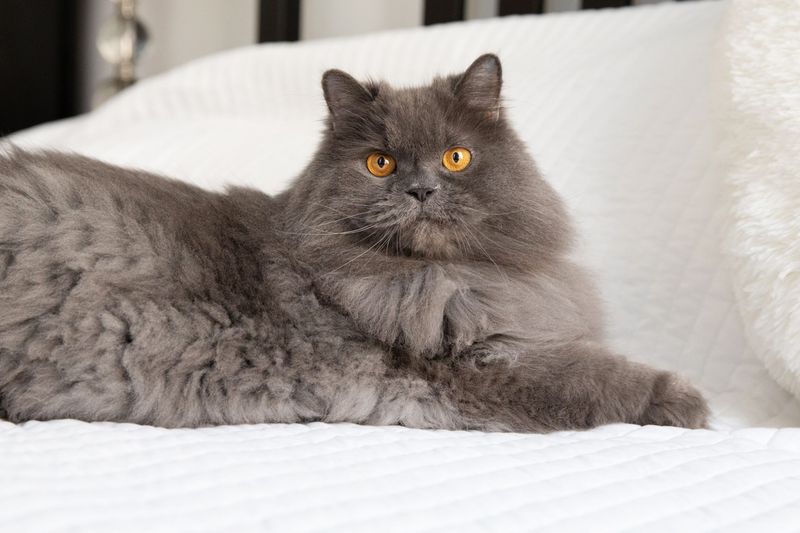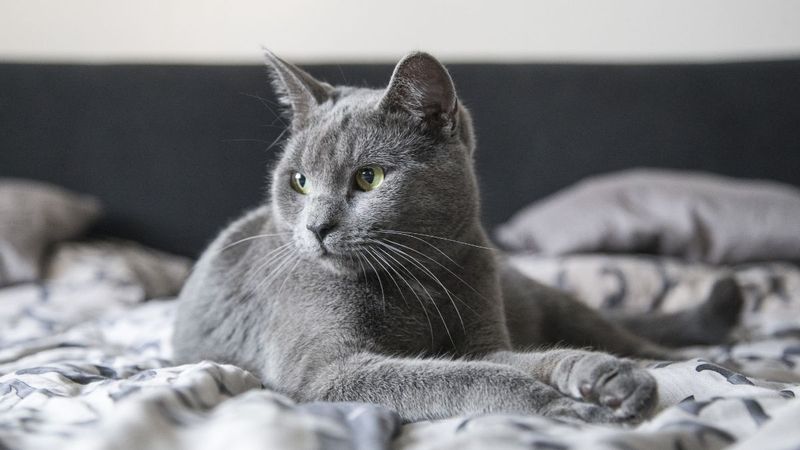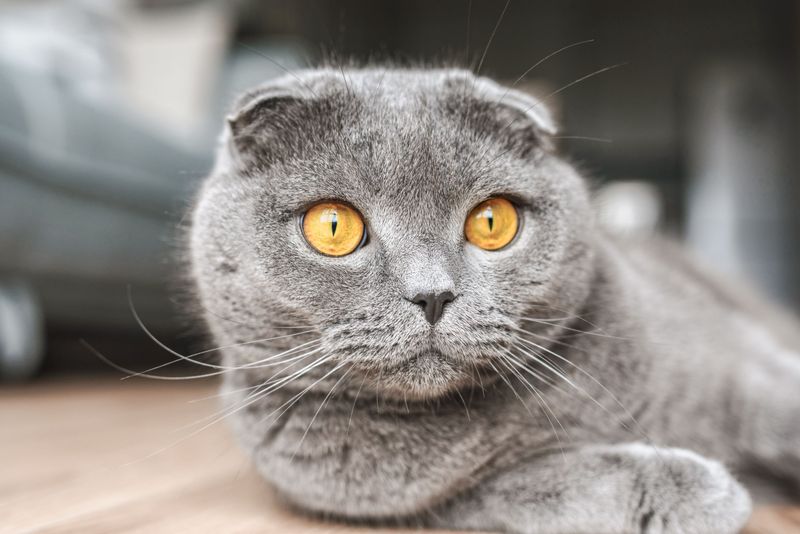📖 Table of Content:
While many cats are laid-back and affectionate, others can display behaviors that come across as aggressive—especially if their needs aren’t being met or if they feel threatened. It’s important to remember that aggression in cats doesn’t always come from a “mean” personality; it can stem from overstimulation, fear, poor socialization, or even underlying health issues.
Certain cat breeds are more prone to reactive or assertive behaviors due to their genetics, energy levels, or emotional sensitivity. Some of these breeds are highly intelligent or territorial, while others simply require more attention and structure than the average cat. For first-time cat owners or families with young children, it’s crucial to understand the temperament of a breed before bringing one home.
This article explores nine cat breeds that have been commonly associated with aggressive tendencies. These cats aren’t inherently “bad,” but they do require experienced, patient owners who are ready to meet their needs in full. Let’s take a closer look at what makes each breed unique, and how to manage their more intense behaviors.
1. Siamese
Known for their striking blue eyes and dramatic vocalizations, Siamese cats are as demanding as they are beautiful. Their aggression often stems from frustration, boredom, or a lack of attention from their human companions. These cats bond intensely with their owners and may become possessive or jealous if their bond is threatened. Unlike some other breeds, Siamese cats don’t enjoy being left alone for long periods. If ignored, they may act out by swatting, biting, or howling incessantly. Early socialization and constant engagement—like puzzle toys or interactive play—can help reduce aggressive behaviors. Owners must be prepared for a pet that thrives on emotional connection and mental stimulation.
2. Bengal
Bred from domestic cats and wild Asian leopard cats, Bengals are energetic, athletic, and highly intelligent. Their aggressive behaviors often come from a lack of exercise or inadequate stimulation. These cats crave excitement and will become destructive or reactive if confined to a boring environment. Territorial in nature, they may lash out at other pets or strangers who enter their space. Additionally, they don’t always appreciate being handled and can become overstimulated during play or petting. Training them requires consistency and patience, with an emphasis on respecting their independence. A Bengal does best in a home where it can climb, explore, and be mentally challenged daily.
3. Savannah
Crossbred with African servals, Savannah cats carry a bit of the wild in their genes. Their unpredictable behavior is rooted in their hybrid instincts, making them prone to sudden mood swings or territorial aggression. Socialization at a young age is critical, or they may become wary or even hostile toward unfamiliar people. Because of their size and strength, their playful swats or nips can be more dangerous than those of a typical house cat. They’re not ideal for households with small children or timid pets. However, with proper boundaries, training, and enrichment, a Savannah can be an engaging and loyal companion. This breed is best suited for experienced cat owners who understand feline behavior on a deeper level.
4. Sphynx
Hairless and highly affectionate, the Sphynx is a cat that demands constant love and attention. Their aggression usually appears when their intense social needs are not being met. These cats follow their humans from room to room and can become clingy or even territorial over their favorite people. If they feel rejected or overstimulated, they may respond with nips or growling. They are also sensitive to physical discomfort, including temperature changes and rough handling. Because they rely so heavily on social interaction, Sphynxes thrive in homes where someone is around most of the day. Without proper care, their frustration can easily manifest as bad behavior or aggression.
5. Maine Coon
While often called “gentle giants,” Maine Coons aren’t immune to aggressive episodes—especially when their space is threatened. These large, majestic cats are typically friendly but can be fiercely territorial around other pets. They may hiss, growl, or swat if they feel like their domain is being encroached upon. Additionally, their size makes even minor acts of aggression more noticeable and intimidating. If not properly socialized, they can become aloof or reactive, particularly with unfamiliar guests. Providing vertical space, structured introductions, and time to warm up to new situations is crucial. Despite their reputation, they still need thoughtful training and attention to prevent defensive behavior.
6. Abyssinian
As one of the oldest known cat breeds, Abyssinians have an independent streak and a curious mind that sometimes clashes with household harmony. Their aggression is typically a response to overstimulation or being restricted during play. These cats are incredibly agile and love to explore, which means confinement can lead to frustration and irritability. They tend to dislike excessive cuddling or handling, and may react by swatting or squirming away. Owners need to respect their boundaries and encourage interaction on the cat’s terms. Providing engaging toys and climbing structures is key to keeping them mentally satisfied. An Abyssinian is best suited for owners who understand feline body language and value a cat’s autonomy.
7. Persian
Behind their regal appearance lies a breed that can be surprisingly sensitive and moody. Persians dislike sudden changes in environment, loud noises, or rough handling—any of which may trigger defensive behavior. Their long fur also requires daily grooming, which can become a point of stress if not introduced gently. If pushed too far, they may hiss, bite, or swat, especially if touched in sensitive areas. These cats need a calm, quiet home where their routines are respected. They tend to bond closely with one or two people and may act cold or even aggressive toward others. Persians flourish under gentle, consistent care and lots of patience.
8. Russian Blue
Often shy and reserved, Russian Blues may show aggression when startled or forced into unfamiliar situations. Their aggression isn’t typically malicious but driven by fear or anxiety. These cats prefer predictable routines and quiet spaces, and they do not adapt well to chaos or high-energy households. If overstimulated, they may hide or lash out defensively. With proper trust-building, they can be affectionate and loyal, but sudden changes in their environment may set back progress. They aren’t fond of strangers and will need a lot of time to adjust to new people or pets. Respecting their space and letting them initiate contact is the best way to build trust.
9. Scottish Fold
Distinctive for their folded ears and wide-eyed expression, Scottish Folds can be deceptively moody. Some individuals suffer from joint pain due to cartilage issues, which may lead them to act aggressively when touched or lifted. Their physical discomfort can make them wary of affection, especially if people don’t realize they’re in pain. It’s essential to be gentle and observant when handling this breed. Scottish Folds are also emotionally sensitive and may become upset by a loud or erratic home environment. Regular vet checkups, a quiet household, and soft interaction help reduce stress-induced aggression. When their needs are respected, they’re known to be sweet and devoted companions.
